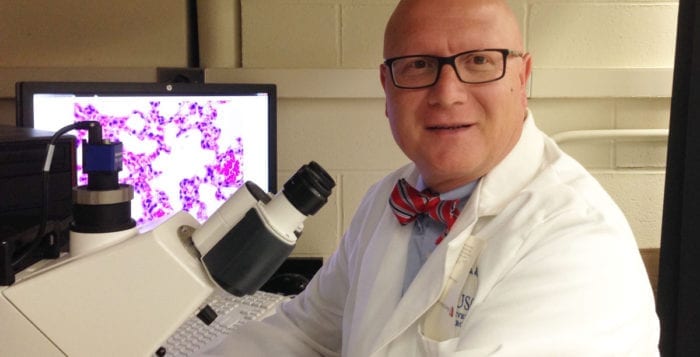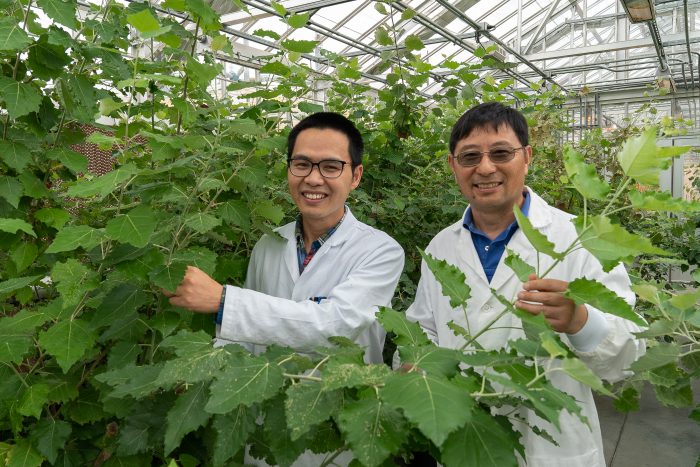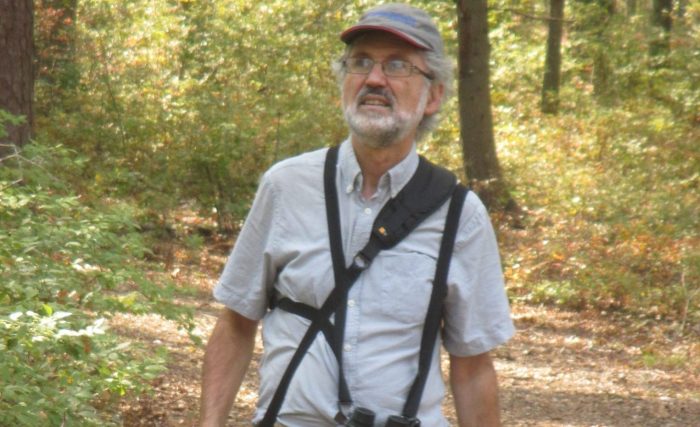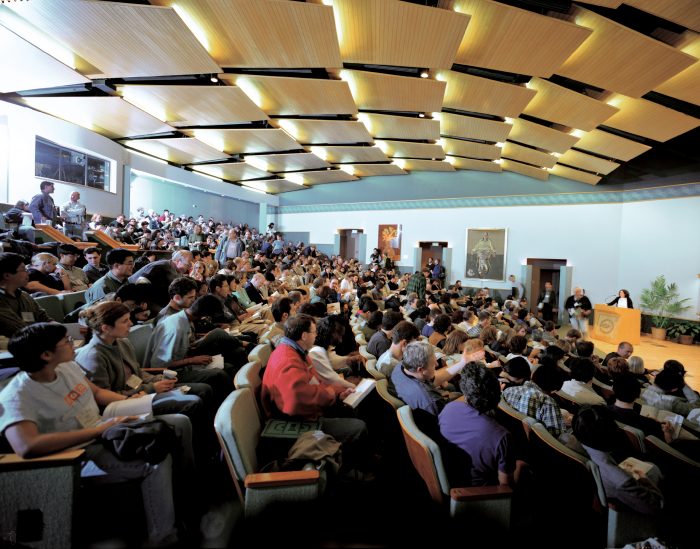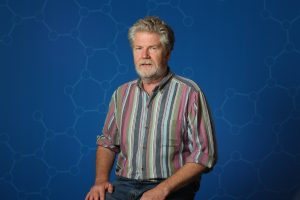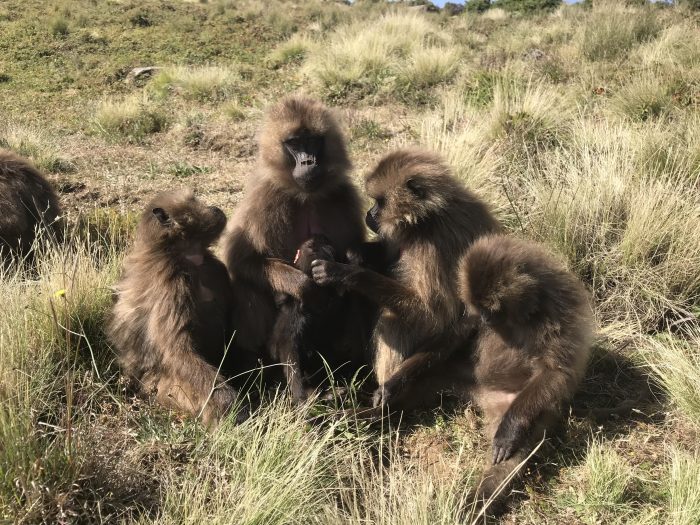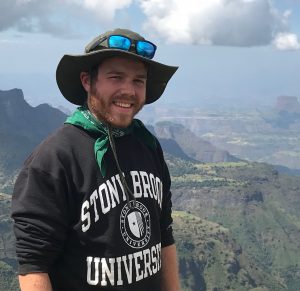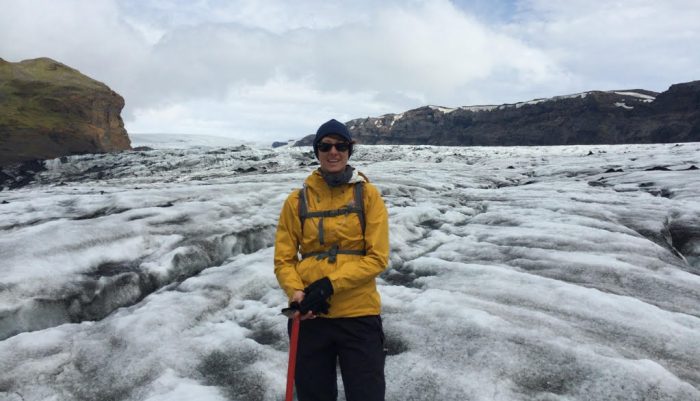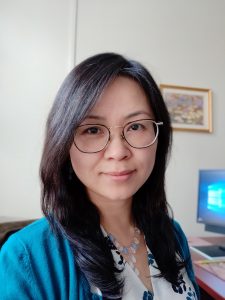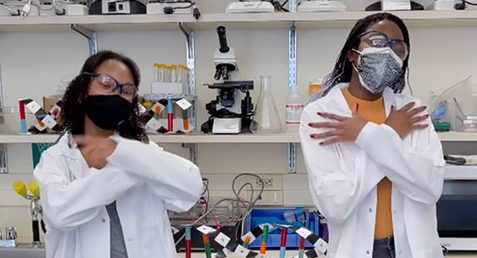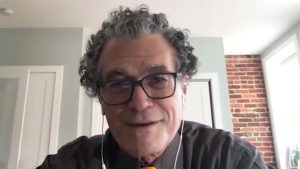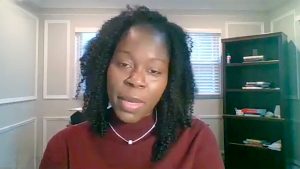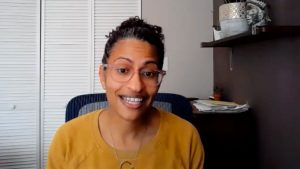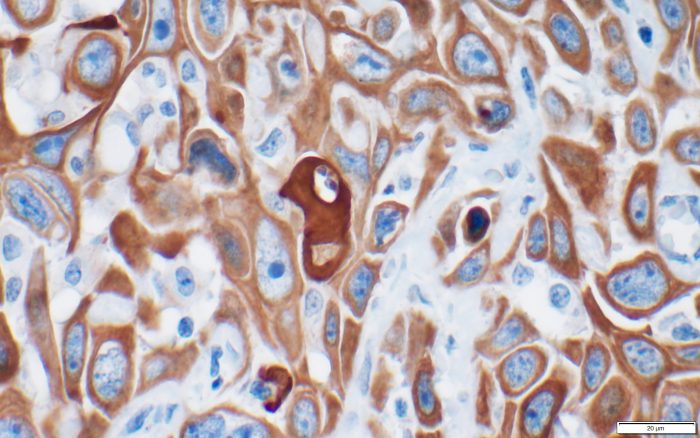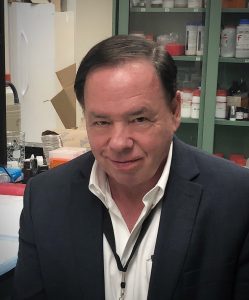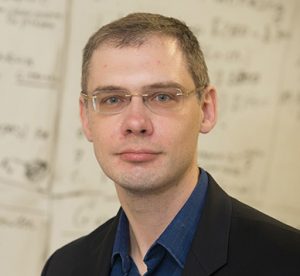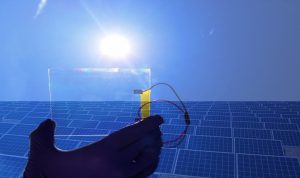By Daniel Dunaief
Researchers at Stony Brook University, the University of Arizona and Wake Forest University School of Medicine in North Carolina may have found an enzyme that drives the worst COVID-19 symptoms. Secreted phospholipase A2 group IIA, or sPLA2-IIA may lead to severe symptoms and death, making this enzyme a potential therapeutic target.
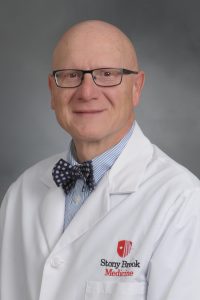
In an examination of plasma samples from 127 patients hospitalized at Stony Brook University Medical Center between January and July 2020 and a mix of 154 patient samples from Stony Brook and Banner University Medical Center in Tucson between January and November 2020, scientists including Distinguished Professor Maurizio Del Poeta of the Renaissance School of Medicine at Stony Brook University found that 63 percent of people with concentrations of the enzyme that were over 10 nanograms/ milliliter generally died. Most healthy people have circulating levels of the enzyme around 0.5 nanograms/ milliliter.
“It is possible that sPLA2 levels represent a tipping point and when it reaches a certain level, it is a point of no return,” said Del Poeta.
The collaborators involved in the study, which was published this week in the Journal of Clinical Investigation, were encouraged by the finding.
“This is exciting as it is leading to really novel connections for COVID-19,” Yusuf Hannun, Director of the Cancer Center at Stony Brook and a contributor to the research who participated in the discussion and data analysis, explained in an email. “It may lead to both diagnostics (for risk prediction) and therapeutics.”
Looking closely at the levels of sPLA2-IIA together with blood urea nitrogen, or BUN, which is a measure of the performance of the kidney, the researchers in this study found that the combination of the two measures predicted mortality with 78 percent accuracy.
“That is an opportunity to stratify patients to those where an inhibitor” to sPLA2-IIA could help patients, said Floyd Chilton, director of the University of Arizona Precision Nutrition and Wellness Initiative and senior author on the paper, said.
While they found a difference in the amount of the enzyme between healthier and sicker patients, the scientists recognize that this could reflect a correlation rather than a causation. The progression of the disease and the threat to people’s lives may come from other contributing factors that also intensify the severity of the illness.
“These studies do not establish causality at the moment, but the strength of the correlation and the known functions of this enzyme raise the possibility of participating in the pathology of the disease,” Del Poeta explained.
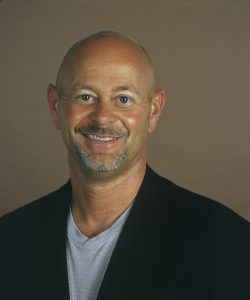
Indeed, Chilton has studied sPLA2-IIA for over three decades and has described some patterns in other diseases, including sepsis.
The enzyme performs an important role in fighting off bacterial infection by destroying microbial cell membranes. When the concentration of sPLA2-IIA rises high enough, however, it can threaten the health of the patient, as it can attack and destroy cells in organs including the kidney.
The enzyme “plays a critical role in host defense,” said Chilton. “These same systems can really turn on the host.”
In order to determine a causative link between sPLA2-IIA and the progression of the disease, Chilton, Del Poeta and others will need to increase their sample size.
“We’ve been very fortunate at getting individuals at some of the top global organizations… who have connected me with medical centers” that have a larger patient population, Chilton said. These executives may be able to expedite the process of expanding this study.
In the 1990’s, scientists studied an inhibitor that had the ability to act on the enzyme.
That effort had mixed results in phase 2 clinical trials.
“In 2005, the first phase of the phase 2 clinical trials were highly encouraging,” Chilton said. “It really inhibited mortality at 18 hours” by reducing severe sepsis. The second part of those tests, which used a slightly different protocol, failed.
While he’s not a clinical trials expert, Chilton is hopeful that researchers might find success with this same drug to treat COVID-19.
Only clinical trials would reveal whether inhibitors would work with COVID-19, scientists said.
As with many drugs, inhibitors of sPLA2-IIA have side effects.
By blocking the activity of these enzymes, “we do also decrease the production of arachidonic acid, which is a precursor of prostaglandins,” said Del Poeta. “In condition of hyperinflammation, this is a good thing, but prostaglandins are also important in a variety of cellular functions” including blood clots and starting labor.
Chilton pointed out that sPLA2-IIA is similar to the active enzyme in rattlesnake venom. It can bind to receptors at neuromuscular junctions and disable the function of these muscles, he explained.
In nature, some animals have co-evolved with snakes and are no longer susceptible to these toxins. Researchers don’t yet understand those processes.
While copying such evolutionary solutions is intriguing, Chilton said he and his collaborators are “much more interested in the inhibitors” that were taken through clinical trials in 2005 because that might present a quicker solution.
The research collaboration started with Chilton, who partnered with Arizona Assistant Research Professor Justin Snider. The first author on the paper, Snider earned his PhD at Stony Brook, where he knew Del Poeta well.
Snider “knew what a great researcher [Del Poeta] was. I also knew [Hannun] in a former life. We were both working on similar biochemistry 20 to 25 years ago,” Chilton said.
Chilton called the efforts of his Stony Brook collaborators, including Research Assistant Karen You, Research Associate Professor Chiara Luberto and Associate Professor Richard Kew, “heroic” and explained that he and his colleagues recognize the urgency of this work.
“I’ve been continuously funded by the [National Institute of Health] for 35 years, and I’m very grateful for that,” Chilton said. “There is nothing in my life that has felt this important,” which is why he often works 18 hour days, including on weekends.
After studying the effects of variants on the population, Chilton recognized that building a firewall against COVID-19 through vaccinations may not be enough, especially with the combination of lack of access to the vaccine for some and an unwillingness to take the vaccine from others.
“We may have to go to the other side of the equation,” HE said. “We’ve got to move to specific therapeutics that are agnostic to the variant.”

